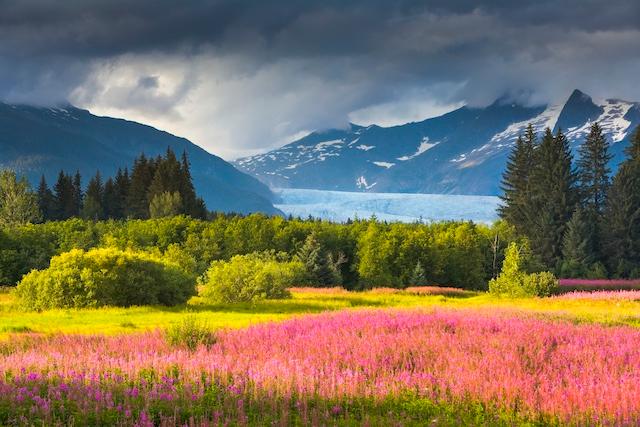I’m in one of America’s best-known state capitals, watching a black bear hoist a fat salmon from a suburban creek. Dinner!
Not a sight you’d see in most cities.

I’m in one of America’s best-known state capitals, watching a black bear hoist a fat salmon from a suburban creek. Dinner!
Not a sight you’d see in most cities.